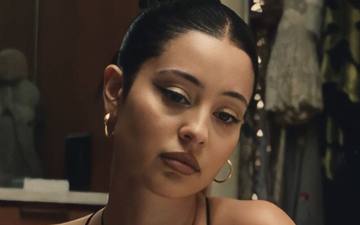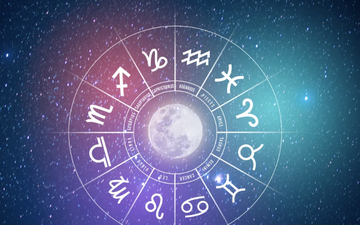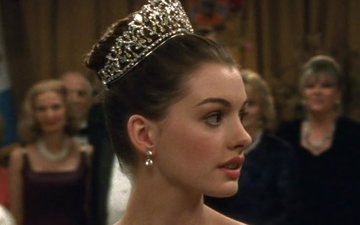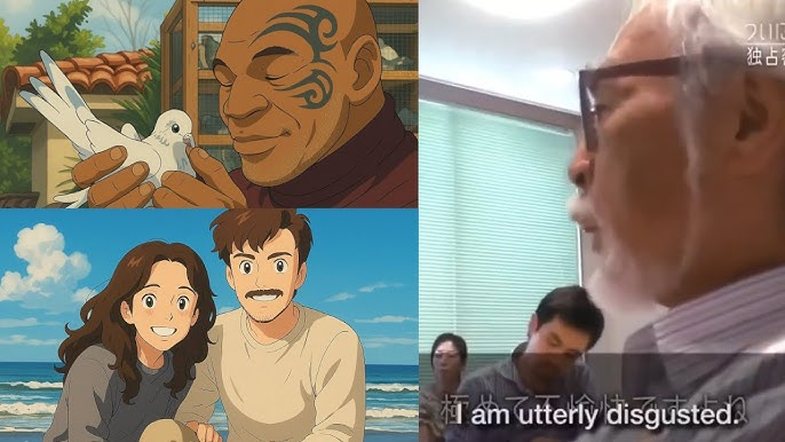
If you've been active on social media in recent days, chances are you've seen images created by Artificial Intelligence that mimic the iconic style of Studio Ghibli.
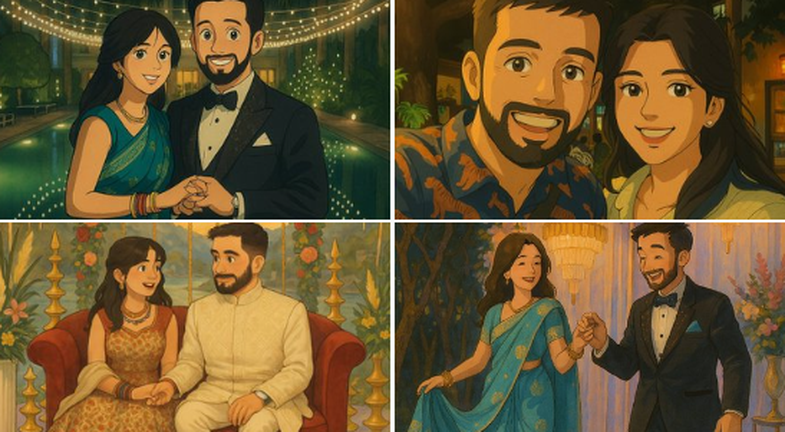
Studio Ghibli is the Japanese animation company that created classic films like "Spirited Away," "My Neighbor Totoro," and "Howl's Moving Castle."
Thanks to a new version of ChatGPT, users can transform popular internet memes or personal photos into the distinctive style of Ghibli co-founder Hayao Miyazaki.

Miyazaki, 84, known for his hand-drawn approach to strange and surreal creations, has criticized the role of artificial intelligence in animation. One of the most famous cases was in a 2016 documentary called “Never-Ending Man: Hayao Miyazaki.”
In the documentary, a group of creators showed Miyazaki an AI-generated animation test of a zombie that was designed for a video game. The person demonstrating the animation explained that AI could "show us funny and out-of-the-ordinary movements that we humans can't imagine."
This prompted Miyazaki to tell a story.
“Every morning, not for the last few days, I see my disabled friend,” he said.
"It's so hard for him to even shake your hand; his stiff-muscled arm can't reach out. Now, thinking about it, I can't look at these things and find them interesting."
Miyazaki added:
"Whoever creates these things has no idea what pain is. I am completely disgusted. I wish we would never hope to use this form of animation. I feel like it is an insult to life itself."
This isn't the first time Studio Ghibli-inspired AI has caused controversy.
In October, an AI-generated trailer for the film “Princess Mononoke” caused a stir after going viral on social media. The trailer for that version, which uses the voices of the English voice actors from the original 1997 film, completely reimagined the Japanese film’s hand-drawn animation as if the parts were played by real people.
Suggested articles:
Sources: Associated Press, The Independent


